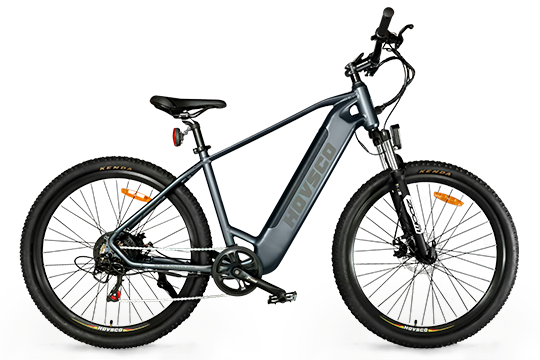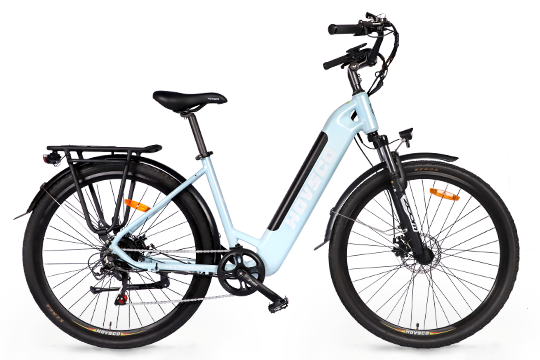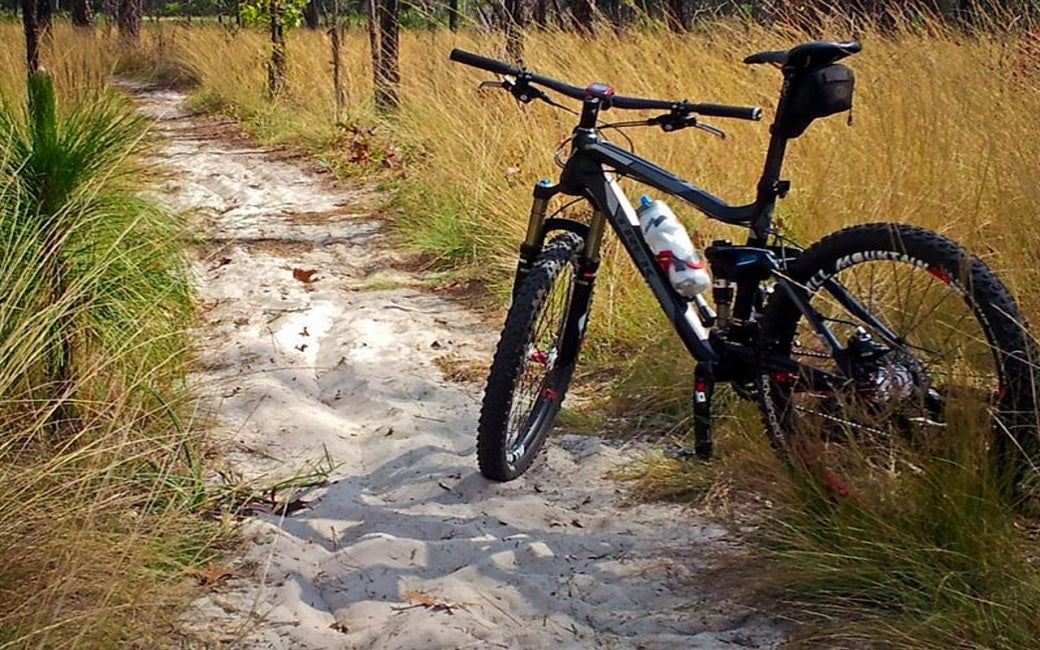State Electric Bike Laws and Regulations: State by State

Alabama
Unlike motor vehicles, electric bicycles do not require registration, licensing, or insurance.
There are three types of electric bikes:
-Class 1: Bicycles equipped with motors only provide power while pedaling and cease to provide power at 20 mph.
Bicycles with throttle-activated motors stop providing power once the electric bicycle reaches 20 mph.
-Class 3: Bicycles fitted with motors only provide power when pedaling and stop providing power when the electric bicycle reaches 28 mph.
Regulations for Class 3 electric bikes:
-A person under 16 years of age may not ride the bus, but may be a passenger.
Helmets are required.
Under 16-year-olds must wear a helmet when riding Class 1 & 2 electric bicycles.
Arizona
.
Arkansas
E-bikes are not subject to the registration, licensing, or insurance requirements that apply to motor vehicles.
There are three classes of electric bikes:
-Class 1: Bicycles equipped with a motor only provide power when pedaling and stop providing power when the electric bicycle reaches 20 mph.
-Class 2: Bicycle equipped with a throttle-actuated motor that stops providing power when the electric bicycle reaches 20 mph.
-Class 3: Bicycles equipped with a motor only provide power when pedaling and stop providing power when the electric bicycle reaches 28 mph.
Regulations for Class 3 Electric bicycle:
-Persons under 16 years of age may not ride.
-Helmets are required for riders under 21 years of age.
California
Electric bicycles are not subject to the registration, licensing, or insurance requirements that apply to motor vehicles.
There are three classes of electric bikes:
-Class 1: Bicycles equipped with a motor only provide power when pedaling and stop providing power when the electric bicycle reaches 20 mph.
-Class 2: Bicycle equipped with a throttle-actuated motor that stops providing power when the electric bicycle reaches 20 mph.
-Class 3: Bicycles equipped with a motor only provide power when pedaling and stop providing power when the electric bicycle reaches 28 mph.
Regulations for Class 3 Electric bicycle:
-Persons under 16 years of age may not ride but can be a passenger.
-Riding with a helmet is required.
Colorado
E-bikes are not subject to the registration, licensing, or insurance requirements that apply to motor vehicles.
There are three classes of electric bikes:
-Class 1: Bicycles equipped with a motor only provide power when pedaling and stop providing power when the electric bicycle reaches 20 mph.
-Class 2: Bicycle equipped with a throttle-actuated motor that stops providing power when the electric bicycle reaches 20 mph.
-Class 3: Bicycles equipped with a motor only provide power when pedaling and stop providing power when the electric bicycle reaches 28 mph.
Regulations for Class 3 Electric bicycle:
-Persons under 16 years of age may not ride.
-Helmets are required for riders under 21 years of age.
Connecticut
E-bikes are not subject to the registration, licensing, or insurance requirements that apply to motor vehicles.
There are three classes of electric bikes:
-Class 1: Bicycles equipped with a motor only provide power when pedaling and stop providing power when the electric bicycle reaches 20 mph.
-Class 2: Bicycle equipped with a throttle-actuated motor that stops providing power when the electric bicycle reaches 20 mph.
-Class 3: Bicycles equipped with a motor only provide power when pedaling and stop providing power when the electric bicycle reaches 28 mph.
Regulations for Class 3 Electric bicycle:
-Persons under 16 years of age may not ride but can be a passenger.
-Riding with a helmet is required.
-Not allowed on a bicycle trail or path or multi-use trail or path.
Delaware
E-bike which motor is under 750w and a maximum speed of 20mph with pedal defined as a “bicycle”.
E-bikes are not subject to the registration, licensing or insurance requirements that apply to motor vehicles.
Helmets are required for riders and passengers under 18 year of age.
There is no age minimum for e-bike use.
E-bikes are allowed on sidewalks and bike paths.
Florida
Unlike motor vehicles, e-bikes do not require registration, licensing, or insurance.
There are three types of electric bikes:
-Class 1: Bicycles equipped with a motor only provide power when pedaling and stop providing power when the electric bicycle reaches 20 mph.
-Class 2: Bicycles equipped with throttle-activated motors that cease powering themselves when they reach 20 mph.
Class 3: Bicycles equipped with motors provide power only while pedaling and stop providing power at 28 mph.
For riders and passengers under 16 years old, helmets are required.
Georgia
Unlike motor vehicles, e-bikes do not require registration, licensing, or insurance.
There are three classes of electric bikes:
-Class 1: Bicycles equipped with a motor only provide power when pedaling and stop providing power when the electric bicycle reaches 20 mph.
-Class 2: Bicycle equipped with a throttle-actuated motor that stops providing power when the electric bicycle reaches 20 mph.
-Class 3: Bicycles equipped with a motor only provide power when pedaling and stop providing power when the electric bicycle reaches 28 mph.
Regulations for Class 3 Electric bicycle:
-Persons under 15 years of age may not ride but can be a passenger.
-Riding with a helmet is required.
-Not allowed on a bicycle path or shared use path unless it is within or adjacent to a highway or roadway, or they are specifically allowed by the local authority or state agency with jurisdiction.






Leave a comment